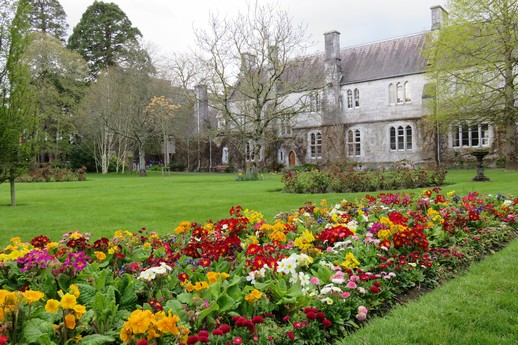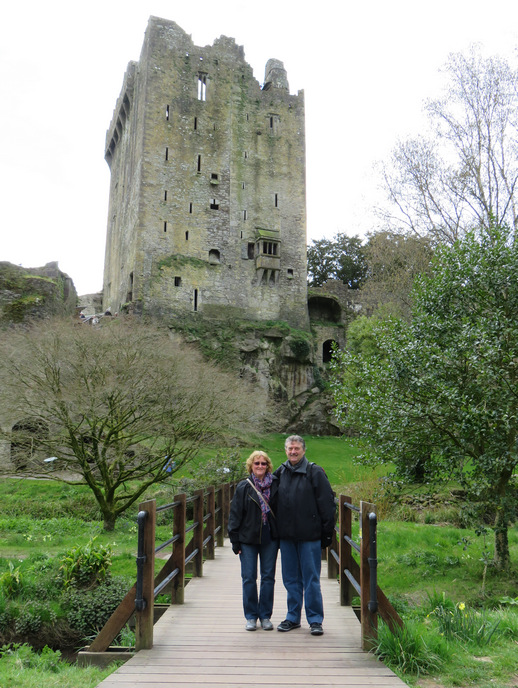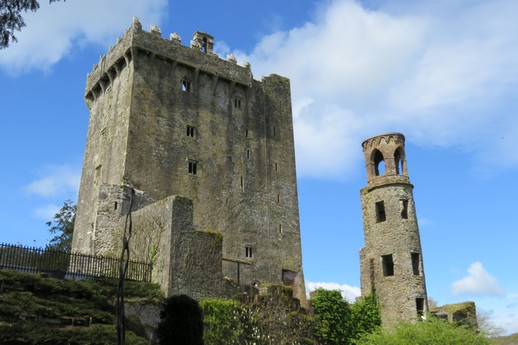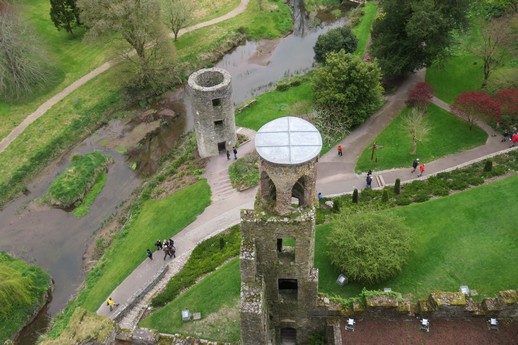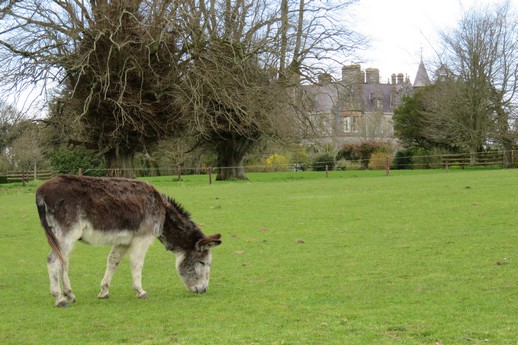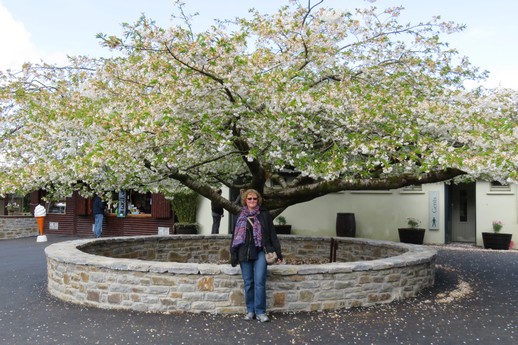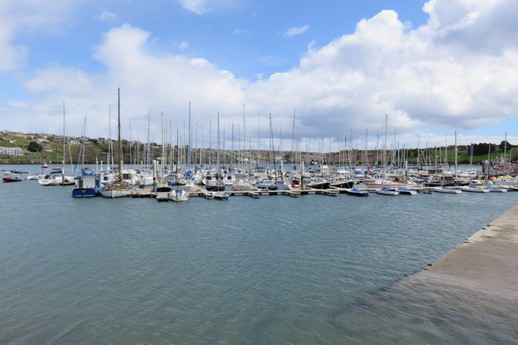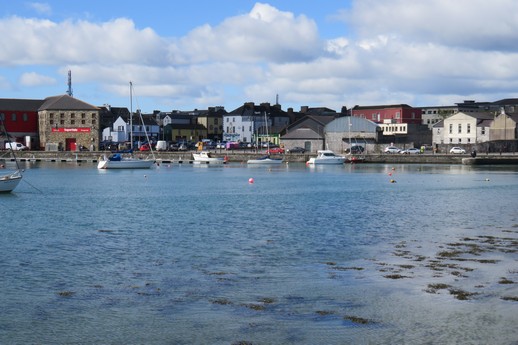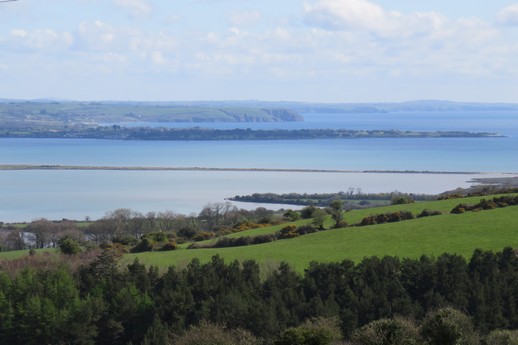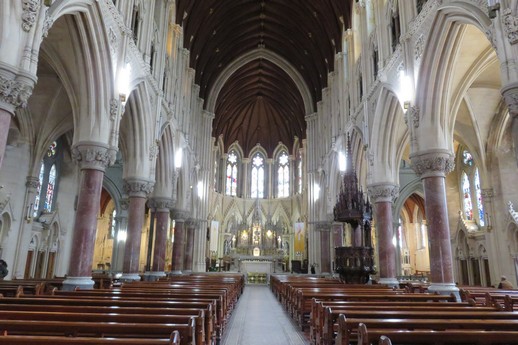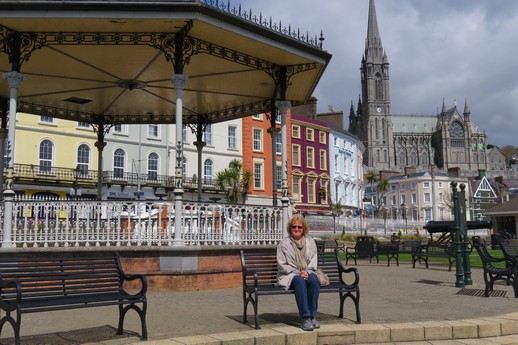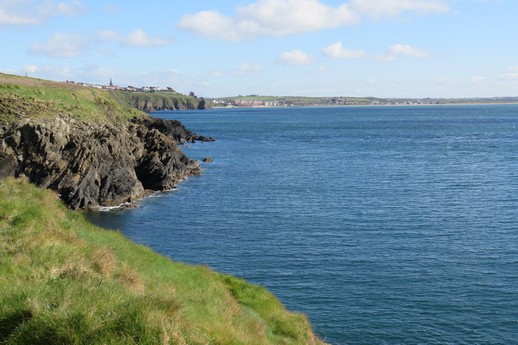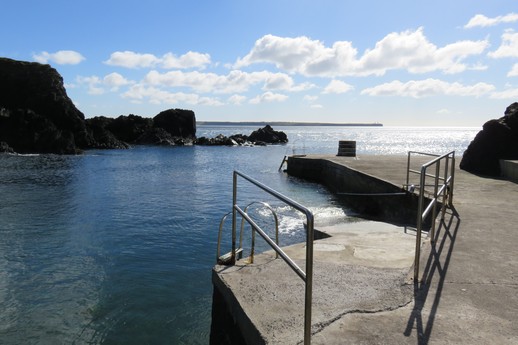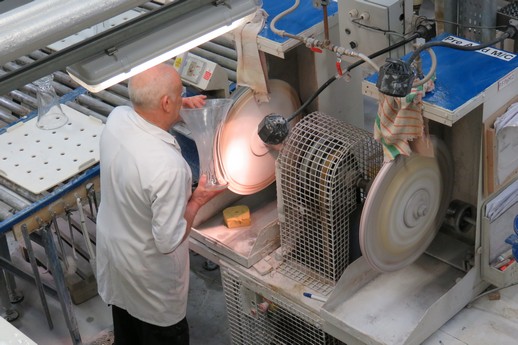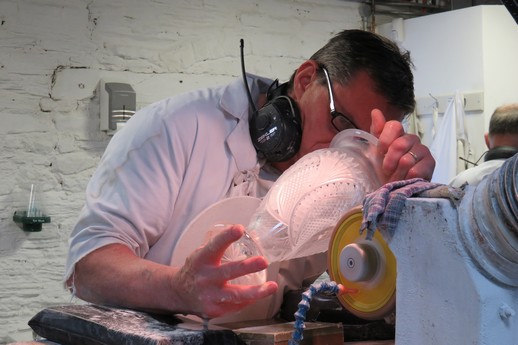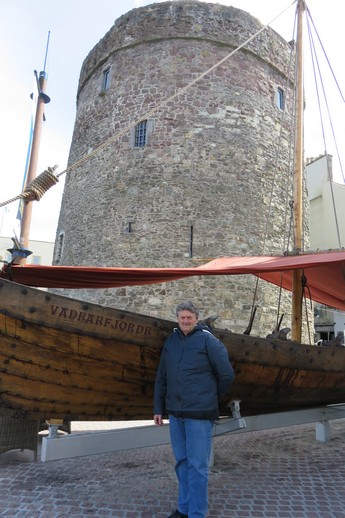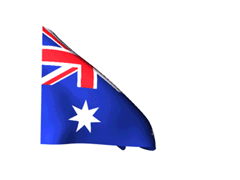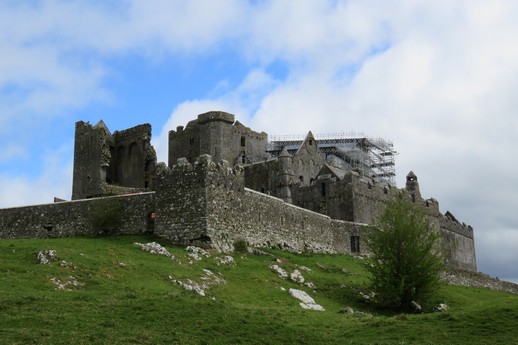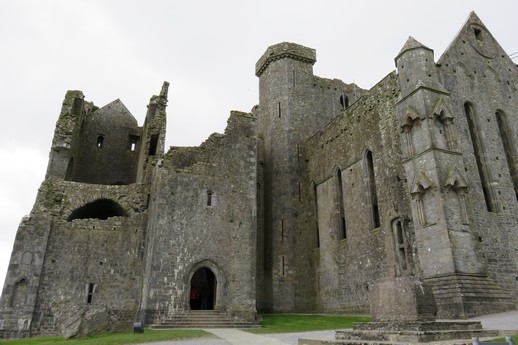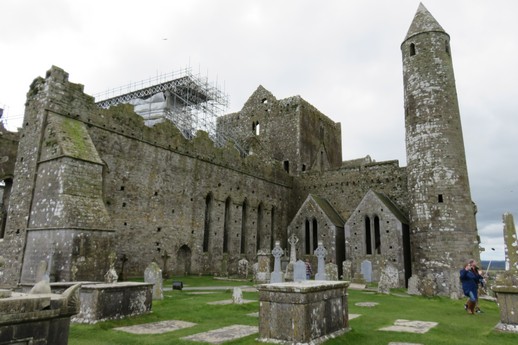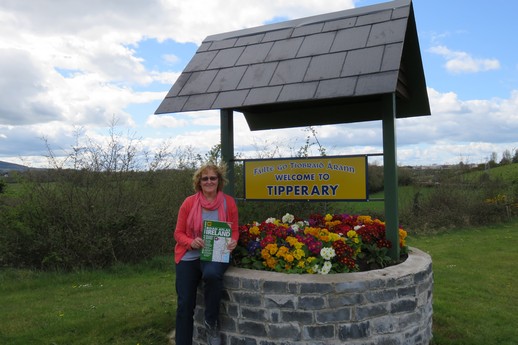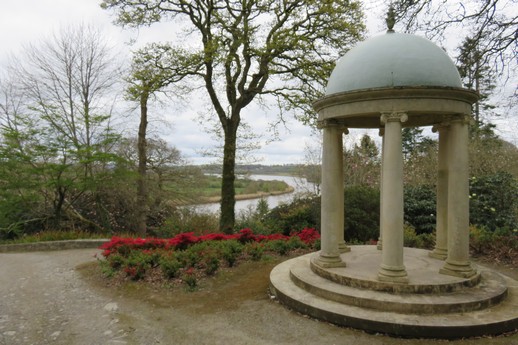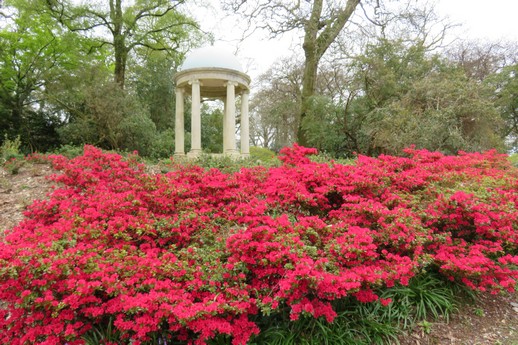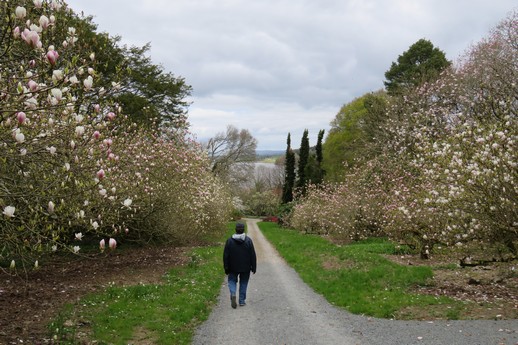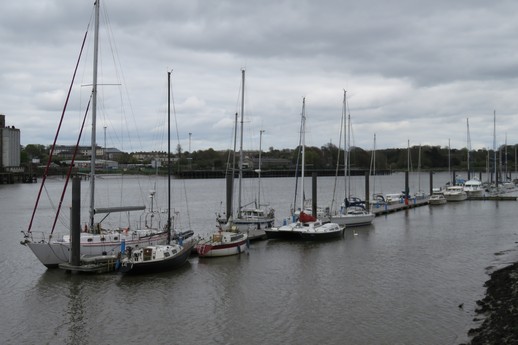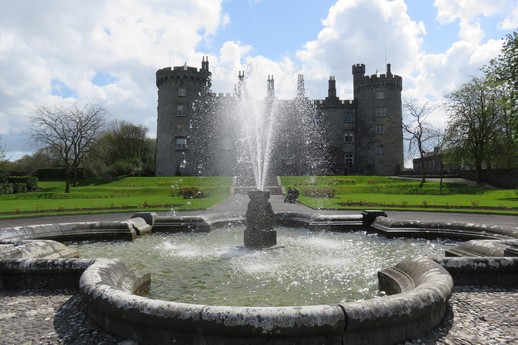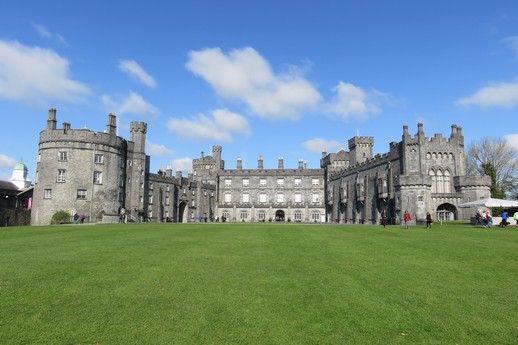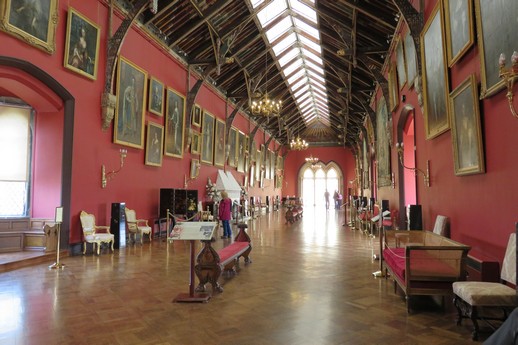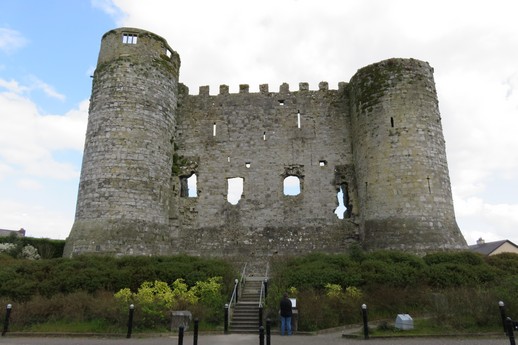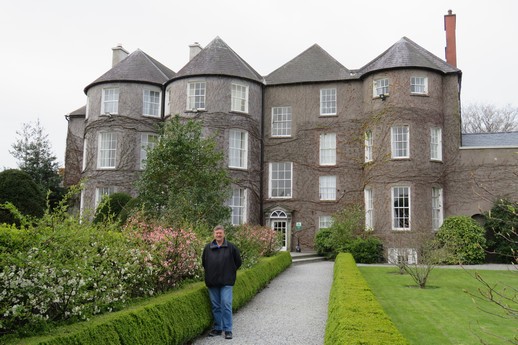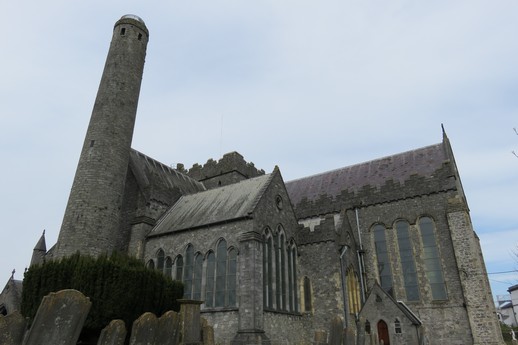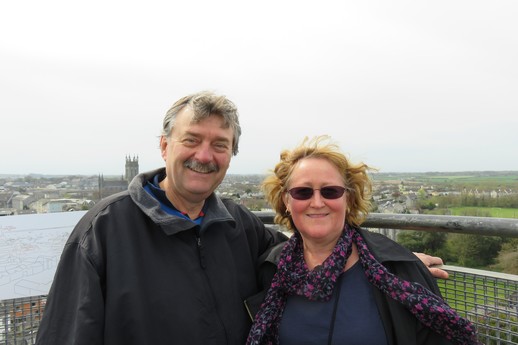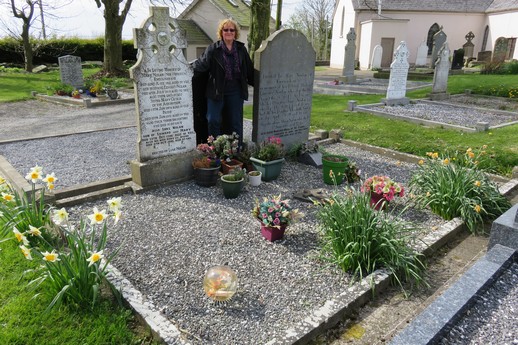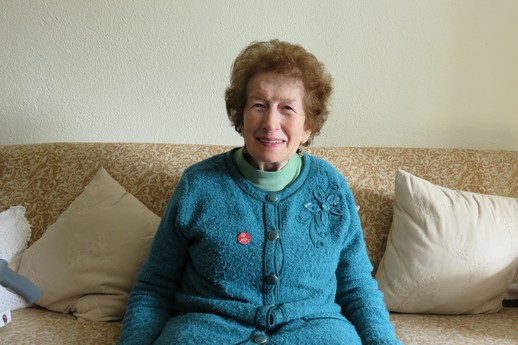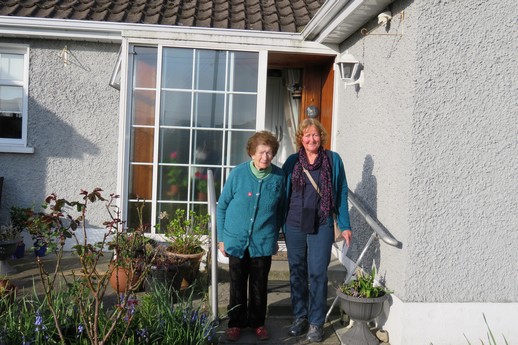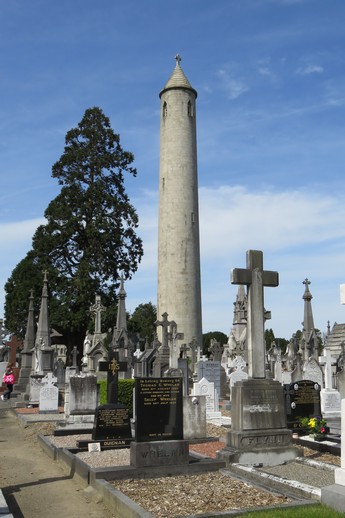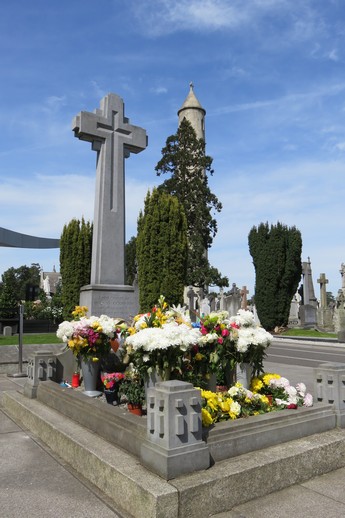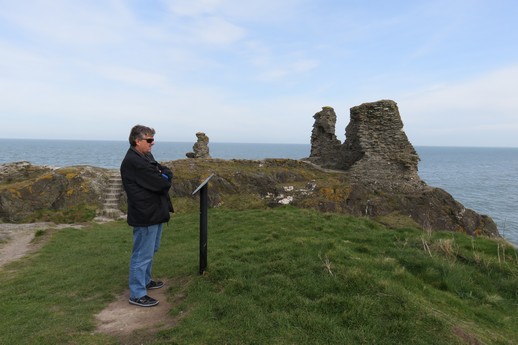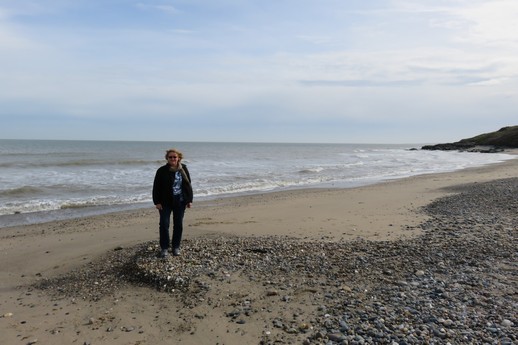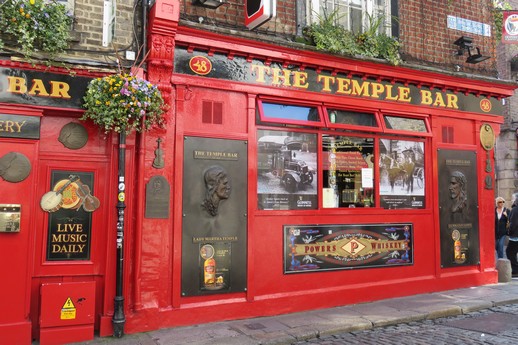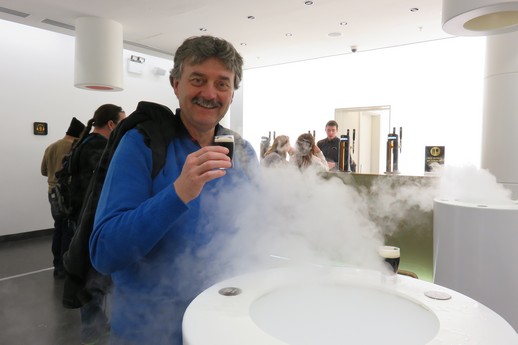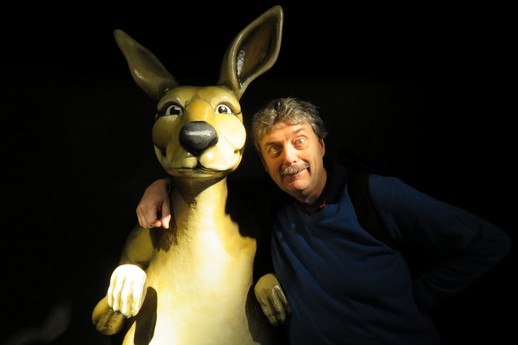We experienced all four seasons in Cork today – with only minutes between bursts of sunshine, rain falling as sleet, grey overcast clouds and bright blue skies.
We walked the centre of Cork visiting the Gaol, St. Anne’s and St. Mary’s Churches on the north side of the River Lee.
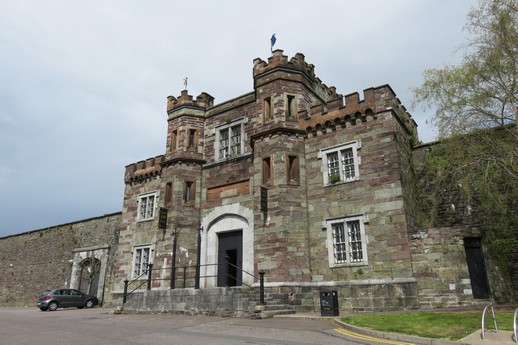
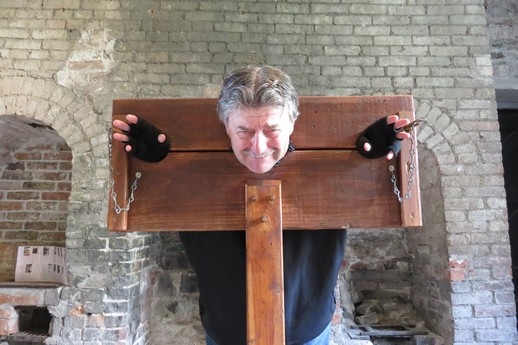
We climbed the bell tower of St. Anne’s Church to capture views across Cork to the hills beyond in all directions. Along the way to the top we were able make “music” by pulling on the bell ringer cords following number sequences printed on laminated sheets.
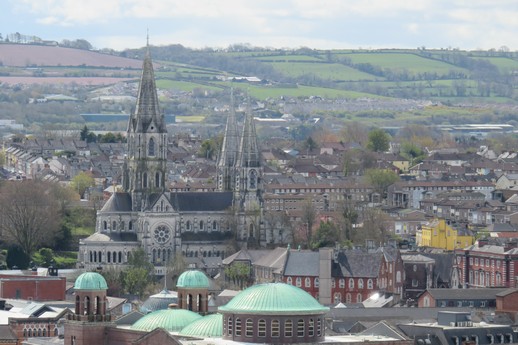
After lunch we crossed onto the south side of the river to visit Red Abbey, Elizabeth Fort, St. Fin Barre’s Cathedral and finishing at the University College Cork.
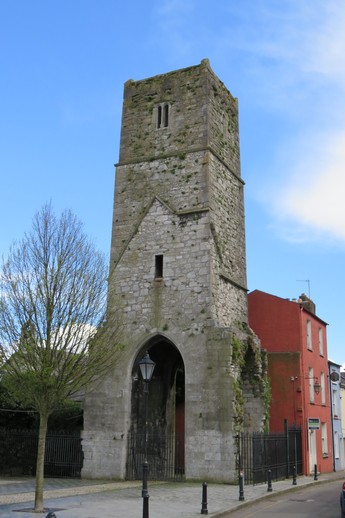
A fire destroyed much of Red Abbey’s structure in 1799. All that remains today of the structure is the bell tower of the abbey’s church.
The original Elizabeth Fort was built in 1601 of timber and earth but within a few years was pulled down by the citizens of Cork fearing that the fort would be used against them by James I during the Tudor conquest of Ireland. It was rebuilt in its current stone and star configuration from 1624 to 1626.
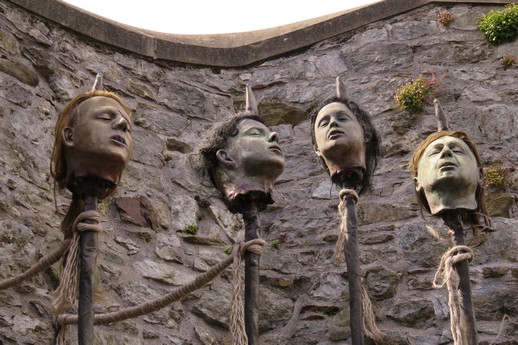
St. Fin Barre is Cork’s Anglican Cathedral situated in the centre of the city. Consecrated in 1870, the Cathedral lies on a site where Christian worship has been offered since the seventh century. You can see St. Fin Barre in the image taken from St. Anne’s Church bell tower (above).
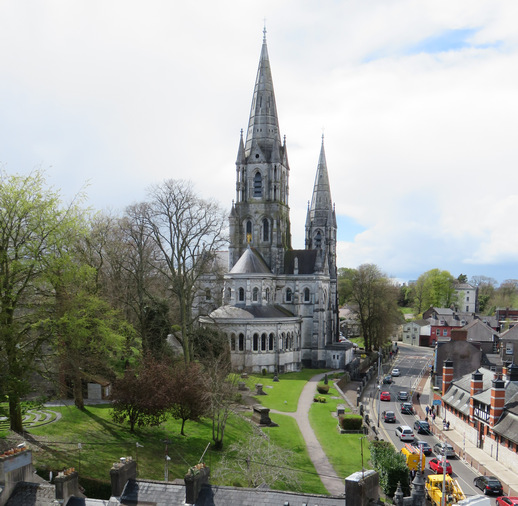
We finished our walking tour of Cork strolling through the grounds of University College Cork. There was a pleasant mix of old and new with prefect lawn quadrangles, colourful flower beds and vine covered buildings.
